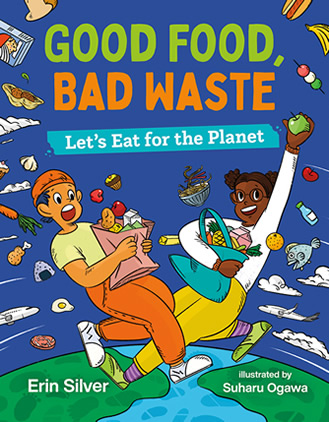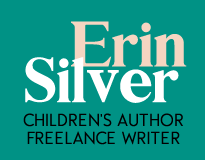
Good Food, Bad Waste
Let’s Eat for the Planet
Around the world, a billion tons of food gets thrown away every year, even when hundreds of millions of people suffer from hunger. A lot of what we don’t eat ends up rotting in landfills which contributes to global warming. The good news is that many governments, communities and individuals are working hard to tackle this giant problem. You can be part of the solution, starting in your own home―and working together, we can decrease our overall waste and make sure all people have food security. Plus, by reducing food waste, we can also fight climate change! With inspiring profiles of food-waste activists and tasty tidbits on things like best-before dates, Good Food, Bad Waste offers much food for thought.
Buy Now
Reviews for Good Food, Bad Waste
- “Highly Recommended”
– Review from School Library Journal - “How much food do people waste in a day? What about a week? A month? The answer will make readers think twice before telling their parents that they don’t want to eat the leftovers from last night’s dinner. As I read this book I could hear my own parents, who lived through the Great Depression, repeatedly telling me and my siblings to finish everything on our plates. This book details how food waste affects families, communities, and the environment. The author offers many examples of food waste as well as how and why it happens. A combination of cartoons and photographs illustrate how young people can help avoid food waste and show how this waste impacts the environment both locally and globally. The ideas presented offer an exciting potential source for research and personal activism. The book, as well as the included list of further resources, equips students with the ability to gain even more knowledge on how they can impact their own food waste habits. Suggestions include taking part in family grocery shopping, composting at home, and starting a home garden. The language used is accessible for readers in grades 4-8, though the cartoon illustrations might put off older readers despite the information being detailed and timely. The book contains numerous examples of people, both young and older, who are attempting to fight food waste and prevent leftover food from ending up in a landfill—instead redirecting excess food to those who truly need it. This is a highly readable book with a topic that hits close to many homes. Additional Resources. Glossary. Index.”
– Richard Fanning, Library Media Specialist, The Village School, Houston, Texas
